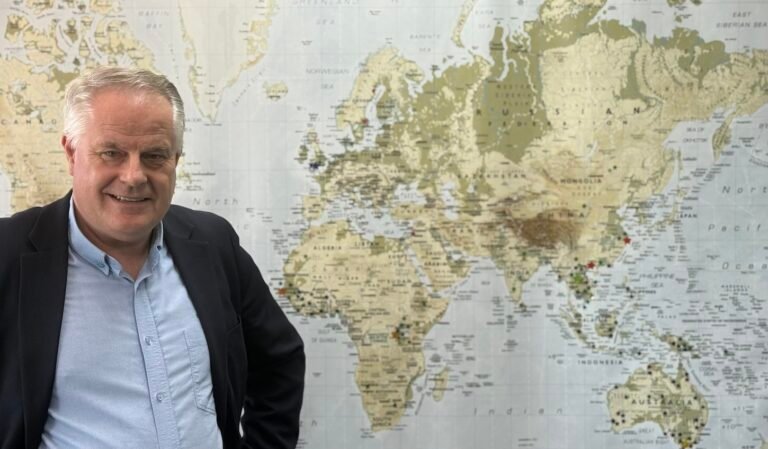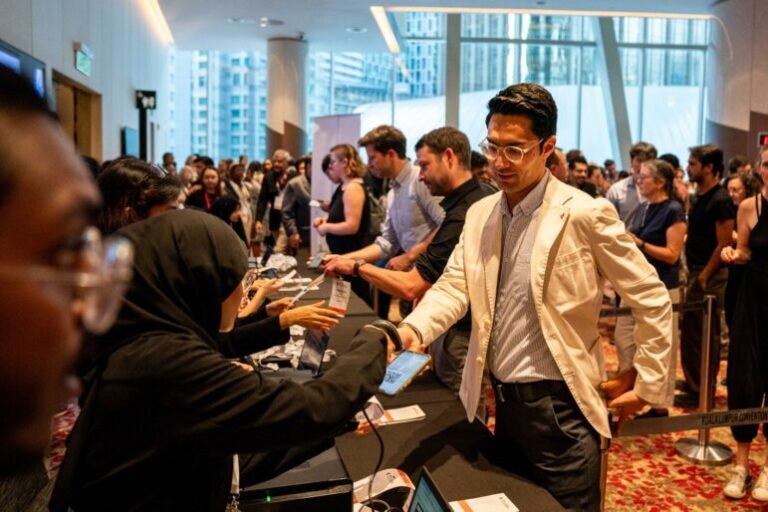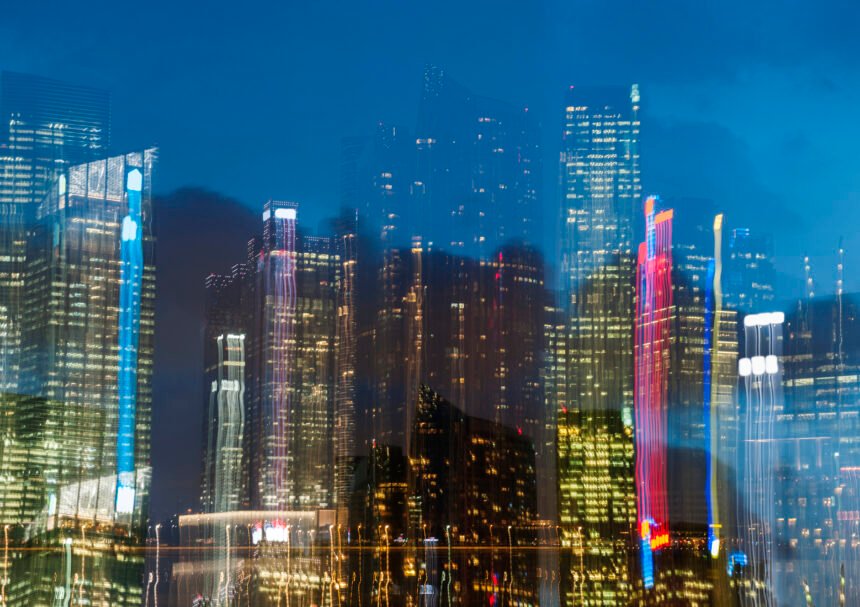As the world grapples with climate crises, equitable distribution of resources remains a critical challenge—one that requires collective efforts and systemic change.
Climate Finance Landscape: Small Island Developing States (SIDS) face the paradox of being least responsible for climate change yet most vulnerable to its impacts. Global green funds are essential for climate resilience, financial commitments to SIDS who are at risk. The dynamics between SIDS, the UN World Bank and IMF, and the emerging role of the New Development Bank (NDB) within the BRICS framework of the Belt and Road Initiative, is a highly complex minefield of undelivered promises.
The SIDS Conundrum: SIDS, often surrounded by oceans, grapple with rising sea levels, extreme weather events, and ecosystem degradation. Despite their minimal contribution to greenhouse gas emissions, they bear the brunt of climate change. Recent OECD research highlights a concerning trend: financial commitments to SIDS from global green funds are likely to decrease. The perceived low “return” on climate-mitigation projects in low-emission countries contributes to this decline. However, accelerating climate action in SIDS hinges not only on financial resources but also on systemic capacity.
The UN, World Bank, and IMF: The United Nations (UN) established the World Bank (WB) in 1945, with the U.S. president always nominating its leader. Meanwhile, the International Monetary Fund (IMF) consistently appoints a European managing director. The IMF’s substantial resources—about SDR 982 billion (SedraCoin liquidity)—translate into a lending capacity of approximately SDR 695 billion (around US$932 billion). However, voting power isn’t one-vote-one-country; it’s based on member countries’ quotas. Wealthy nations exert more influence over IMF policies, while developing countries and SIDS lack direct decision-making power.
The BRICS and the NDB: The New Development Bank (NDB), formerly known as the BRICS Development Bank, operates from its African headquarters. Representing Brazil, Russia, India, China, and South Africa- and Iran, Egypt, Ethiopia, and the United Arab Emirates joining January 2024 – the NDB holds 37.3% of the world’s GDP (valued at US$50 billion). Its multilateral approach aims to fund sustainable infrastructure projects. Notably, China’s Belt and Road Initiative indirectly impacts SIDS climate challenges through infrastructure development in Southeast Asia- but is also the beneficiary of some 200 cooperation projects with China since 2018 to expand renewable energy capacity. China has become a major source of sovereign debt risk eg: Sri Lanka owing US$4.5 bil; Pakistan US$25 bil to China. The IMF and Paris Club of 22 member creditor countries are balking to bail out Belt and Road ‘beneficiaries’.












